Pulp stones are defined as foci of calcifications that form within the pulp chamber, more frequently in the coronal pulp cavity and sometimes in radicular pulp space. In the year […]
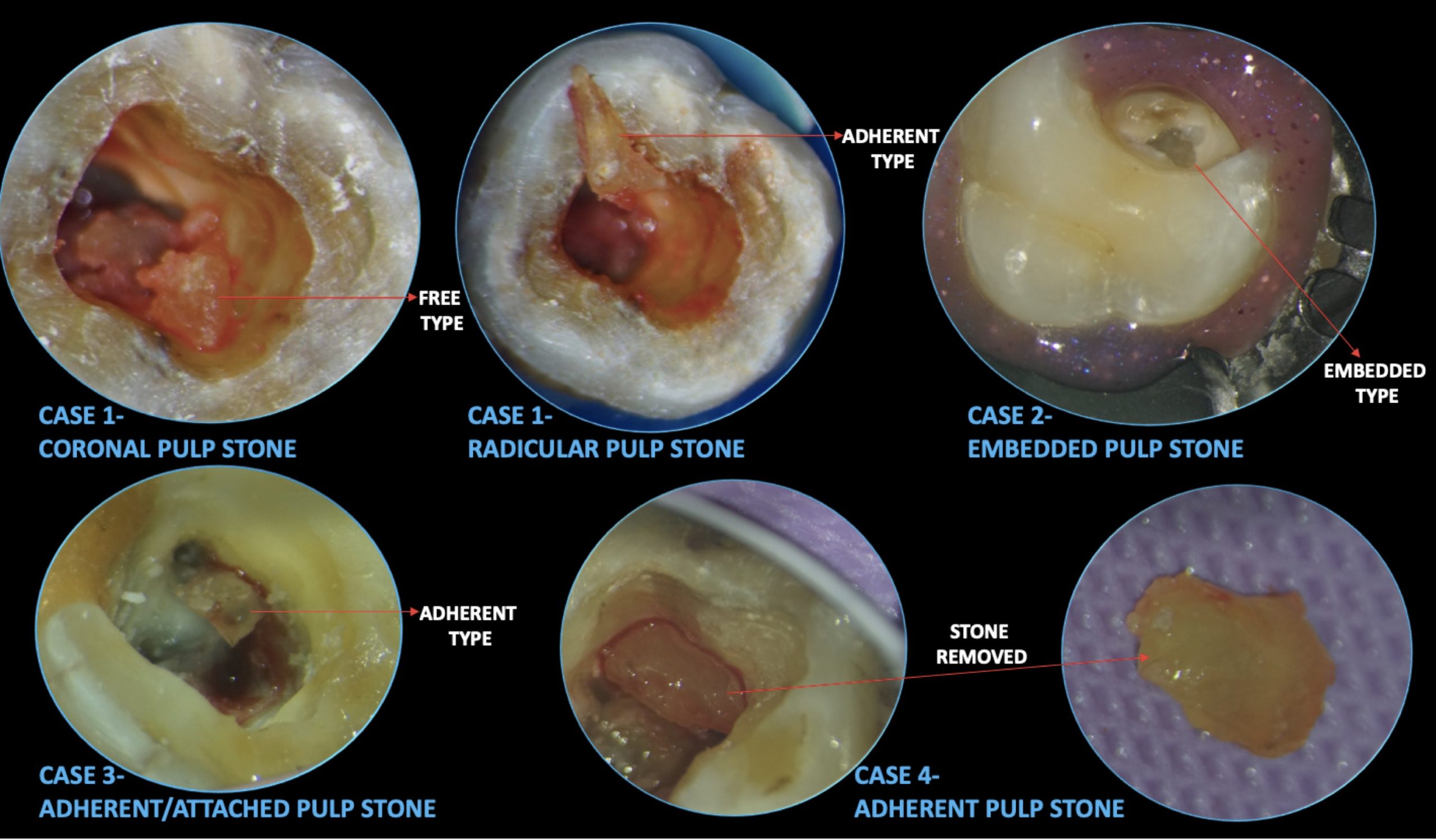 Denticles/Pulp stones- A hinderance or not?
Denticles/Pulp stones- A hinderance or not?
Pulp stones are defined as foci of calcifications that form within the pulp chamber, more frequently in the coronal pulp cavity and sometimes in radicular pulp space. In the year […]
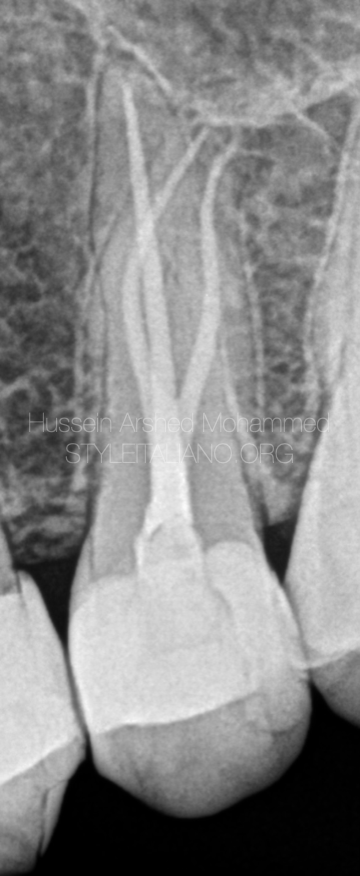 Management of molarized premolar with severly calcified and curved canals
Management of molarized premolar with severly calcified and curved canals
This article clarifies how to deal with extra root canal system anatomy of premolars clinically and how you can manage and shape the buccal tinny and curved canals of molarized […]
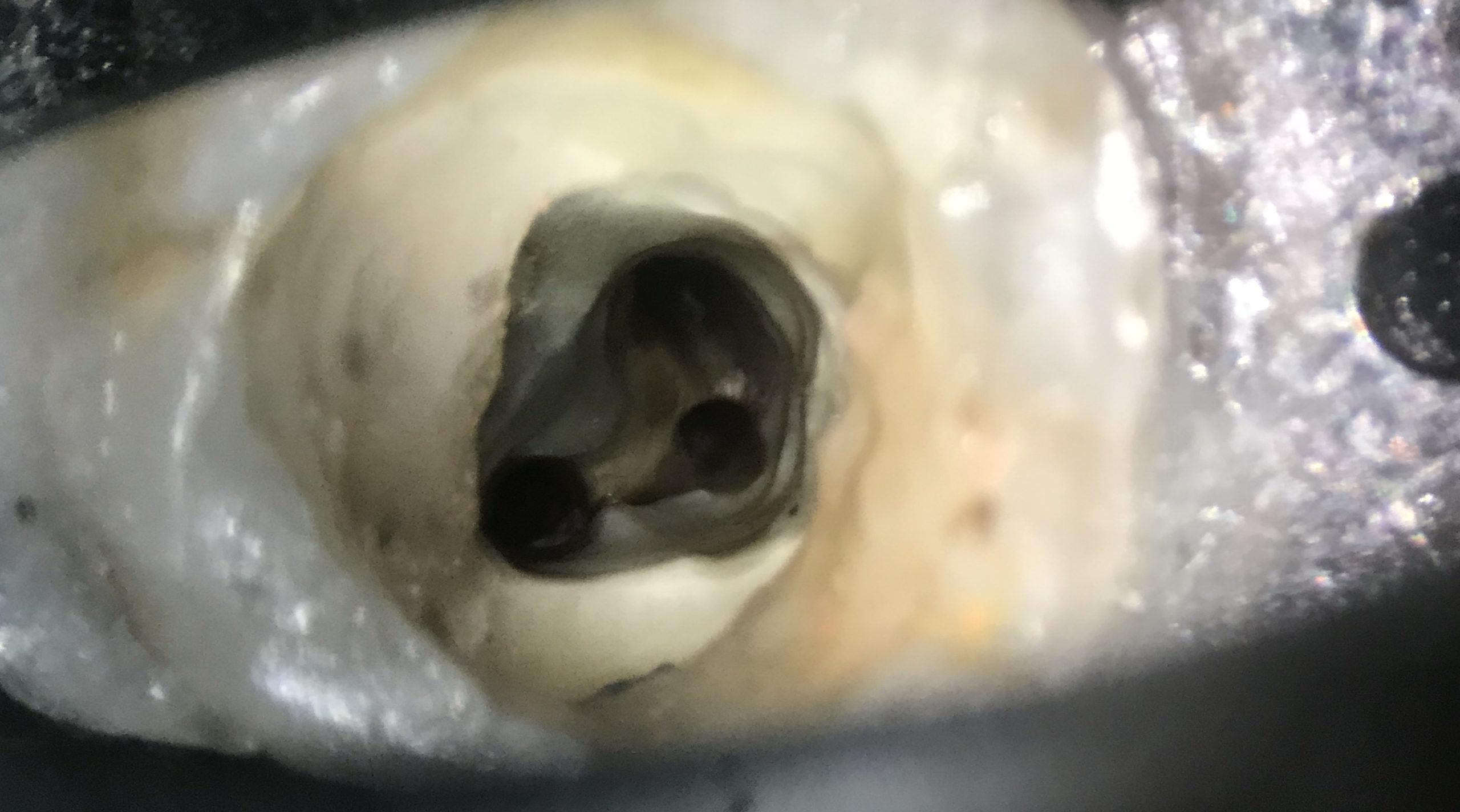 Danger zone in C-shaped root canals
Danger zone in C-shaped root canals
The danger zone is an area of the root canal where the primary thickness of dentin before preparation is under 1 mm. In general, the danger zone is located 4 […]
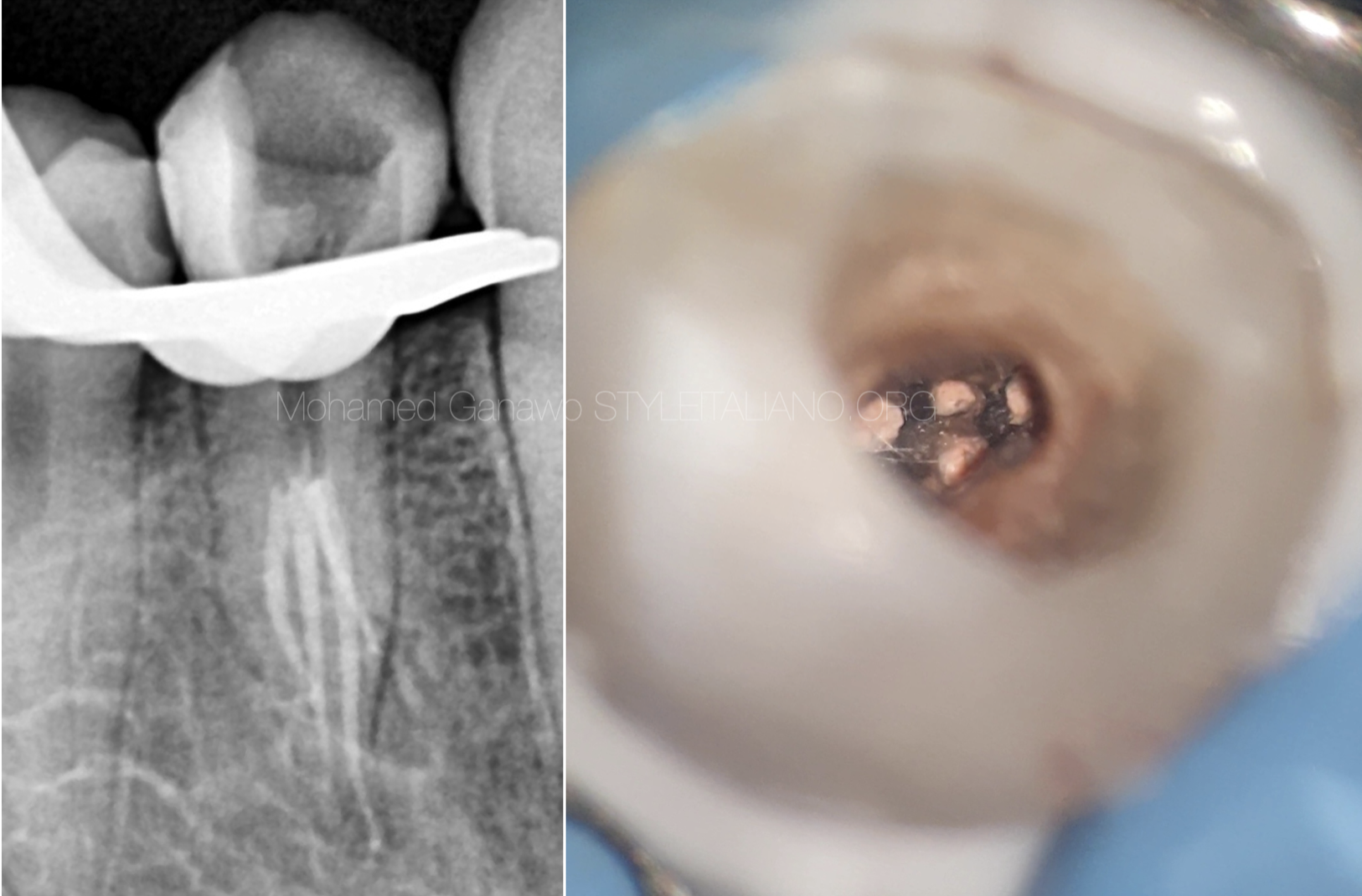 Management of a mandibular first premolar with four canals
Management of a mandibular first premolar with four canals
Understanding of the root canal anatomy is crucial prerequisite for predictable successful long-term results. (1-5) Although basic applications of root canal therapy through biomechanical preparation of the entire root canal […]
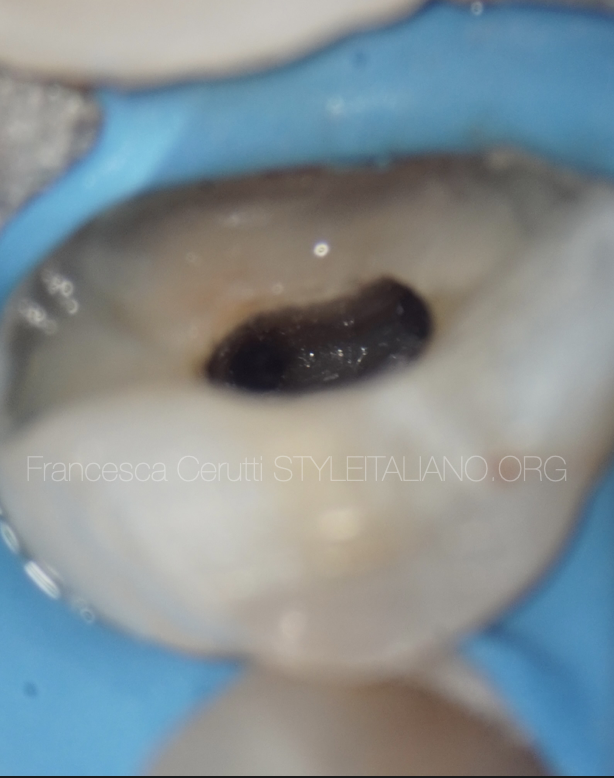 Dealing with lower premolars
Dealing with lower premolars
The first step to reach the success of root canal therapy is o have a good knowledge of the root and root canal morphology. This helps us to locate all […]
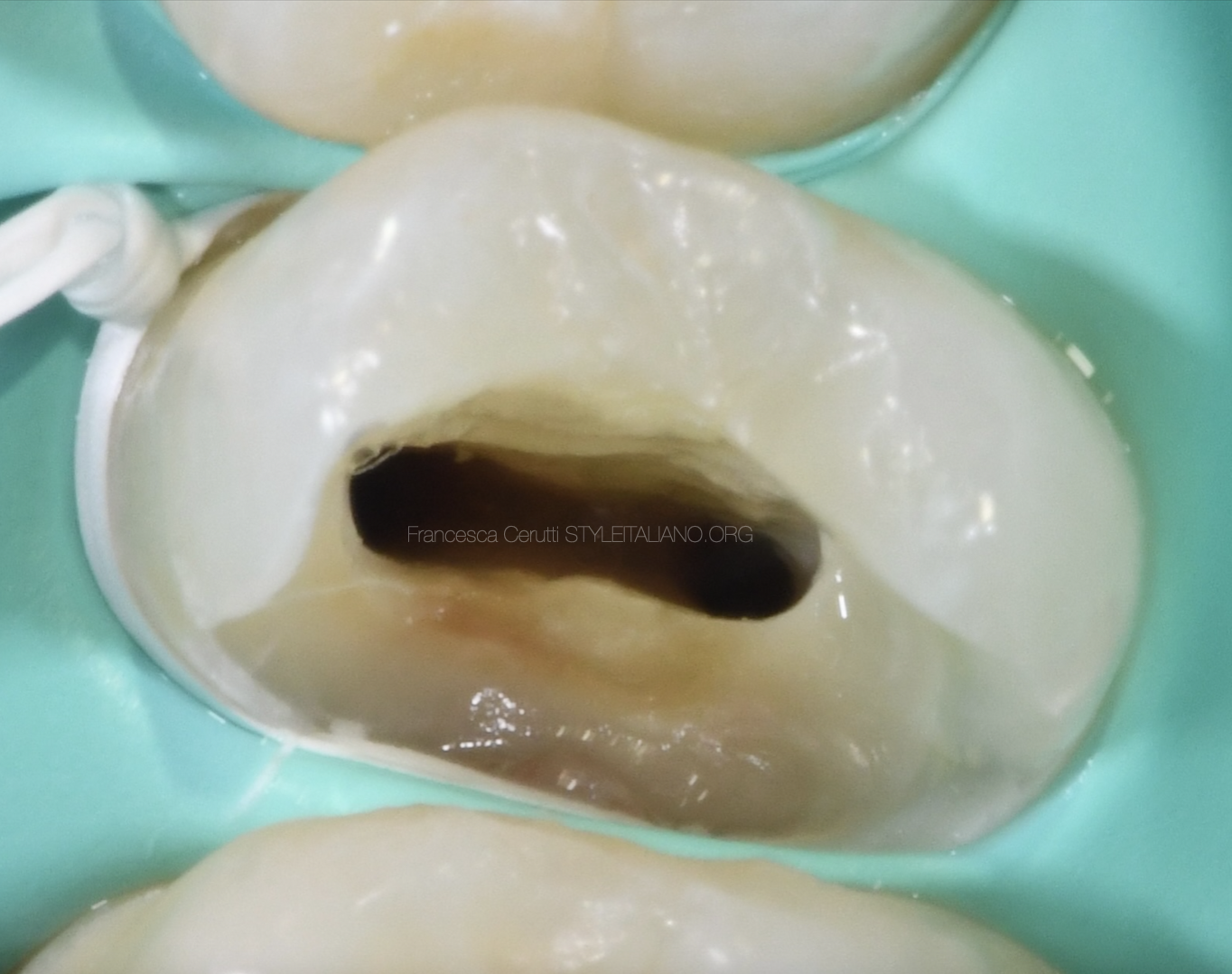 Endo-resto management of a poorly treated premolar
Endo-resto management of a poorly treated premolar
The successful outcome of root canal treatment in teeth with non-infected vital pulps depends on preventing root canal infection, while in teeth with infected necrotic pulps it relies on eradication […]
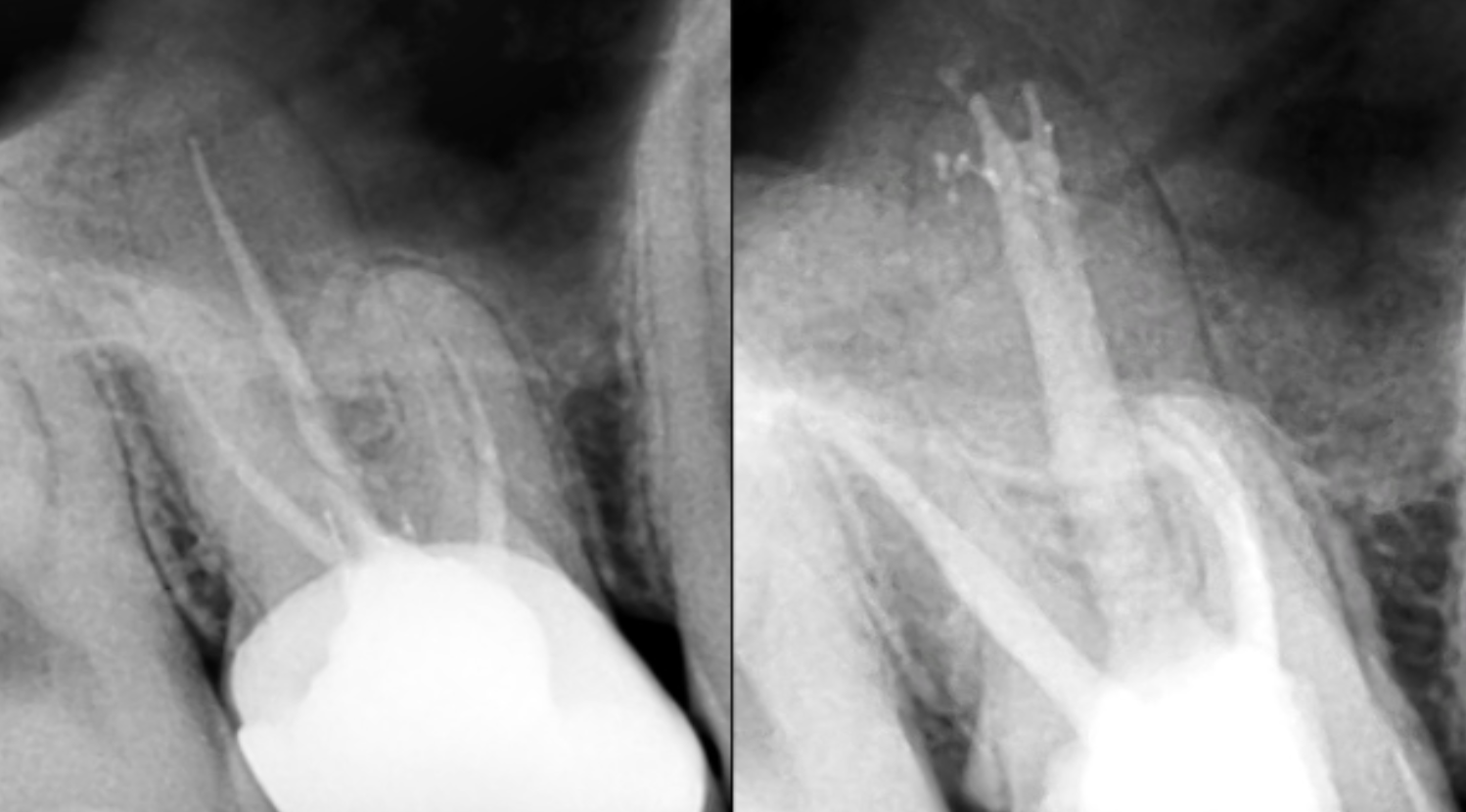 Identifying & managing varied anatomy of palatal canal in a maxillary molar- a case report with two year follow up of retreatment of tooth number 16 with trifurcation in palatal canal.
Identifying & managing varied anatomy of palatal canal in a maxillary molar- a case report with two year follow up of retreatment of tooth number 16 with trifurcation in palatal canal.
Being aware of variations in the anatomy and configurations of root canal system is important in order to treat a tooth effectively endodontically. In 1967, the notion of a hermetic […]
 Fully Calcified Canals : Is it a Challenge ??
Fully Calcified Canals : Is it a Challenge ??
A 30 years old female patient been referred to retreat her lower first molar patient was suffering from food packing in the area between Molar and second premolar Clinical examination showed that there was […]
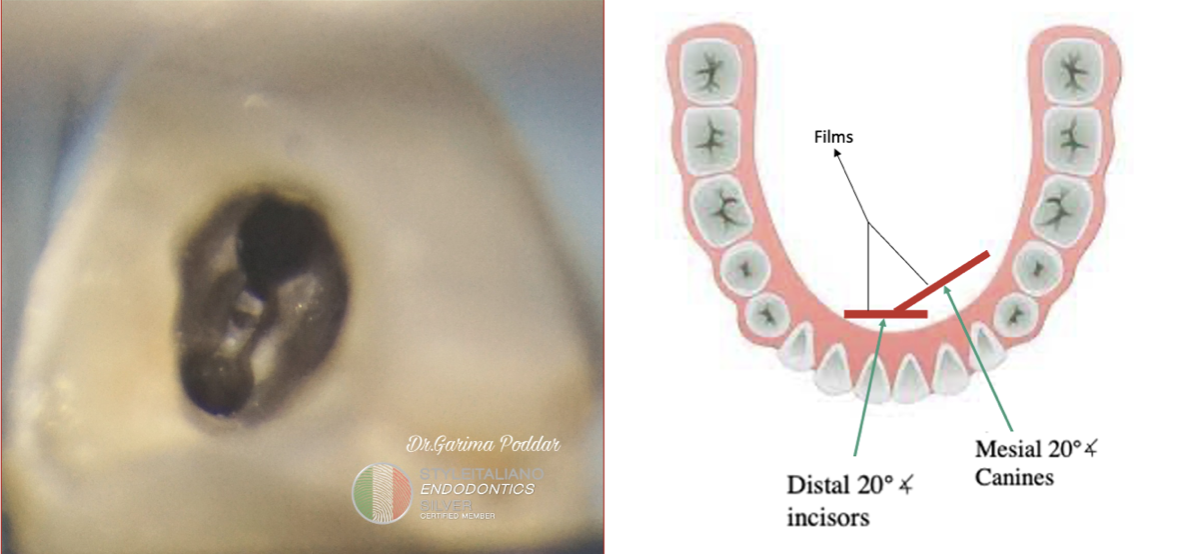 The importance of the tube shift technique of radiography, during root canal treatment of mandibular anterior teeth.
The importance of the tube shift technique of radiography, during root canal treatment of mandibular anterior teeth.
One of the leading reasons for an unsuccessful root canal treatment of mandibular anterior, is missing out the presence of a second canal, thus leaving it untreated. (4). In endodontics, […]
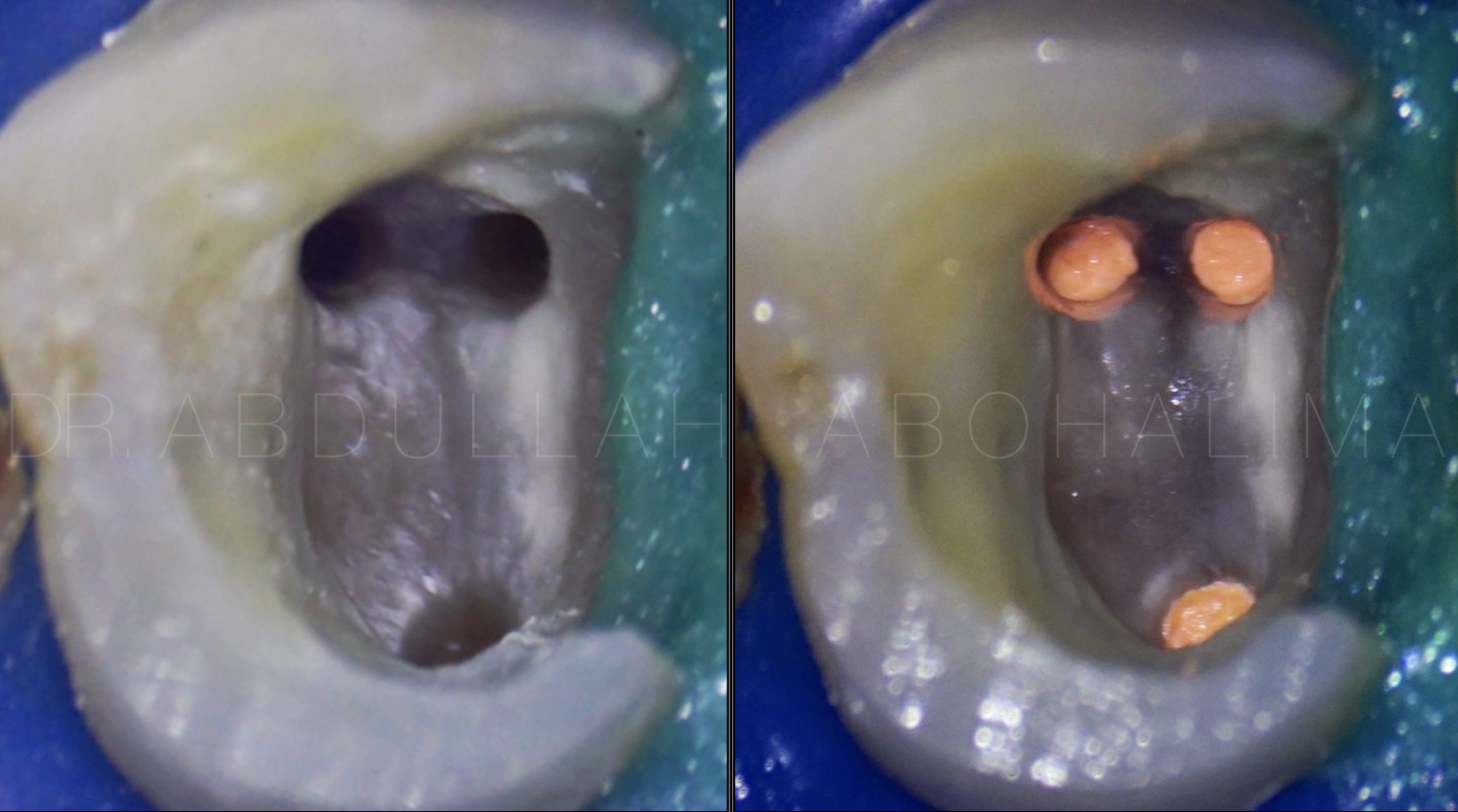 MOLARIZED PREMOLAR Management of three rooted premolar
MOLARIZED PREMOLAR Management of three rooted premolar
Maxillary first premolars are commonly known by having two canals in one or two separate roots (60-65%), meanwhile Maxillary second premolars are known by having one canal in one root […]
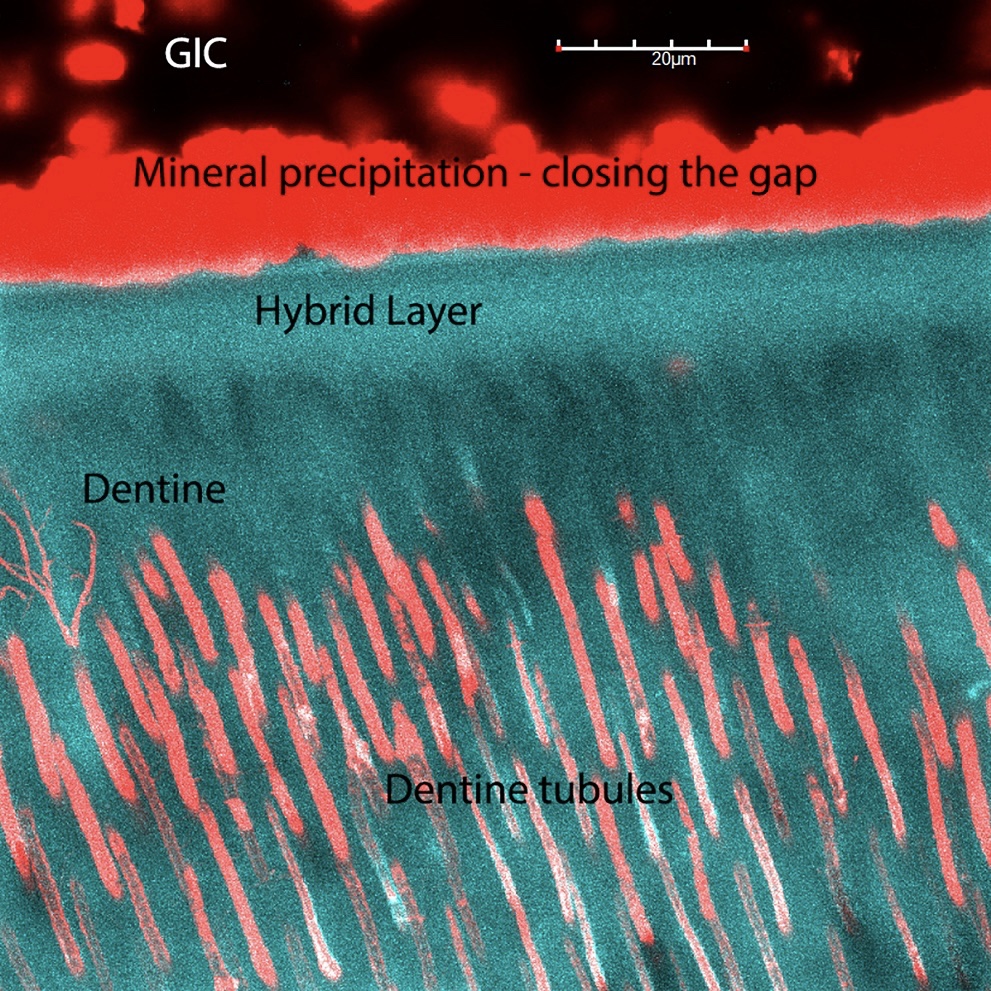 Dental Adhesives: a 10 years story
Dental Adhesives: a 10 years story
An article by dr. Salvatore Sauro Overview and basic commentary Before any discussion about adhesion to crown and root dentine, it is imperative to state that there is no substantial […]
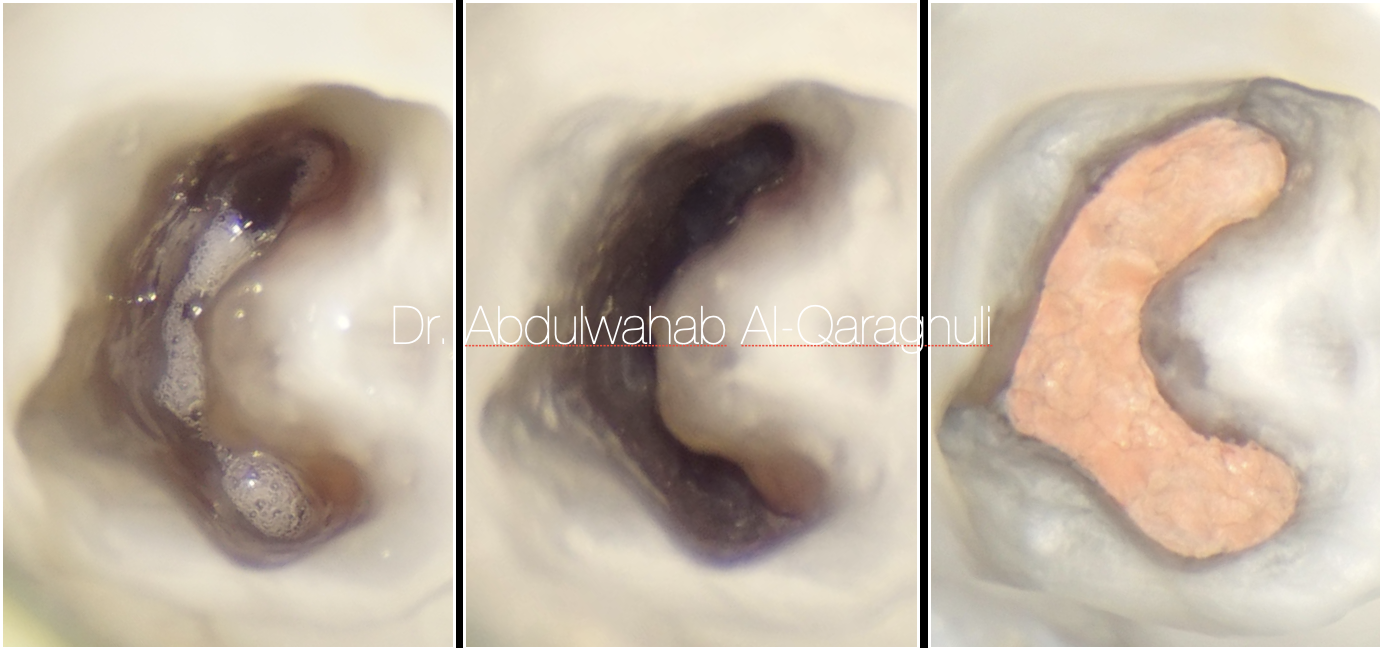 Management of a C-Shaped Canal in wisdom tooth
Management of a C-Shaped Canal in wisdom tooth
The C-shaped root canal is considered an anatomical variation and was firstly documented in endodontic literature by Cooke and Cox in 1979. The main cause of a C-shaped root is […]